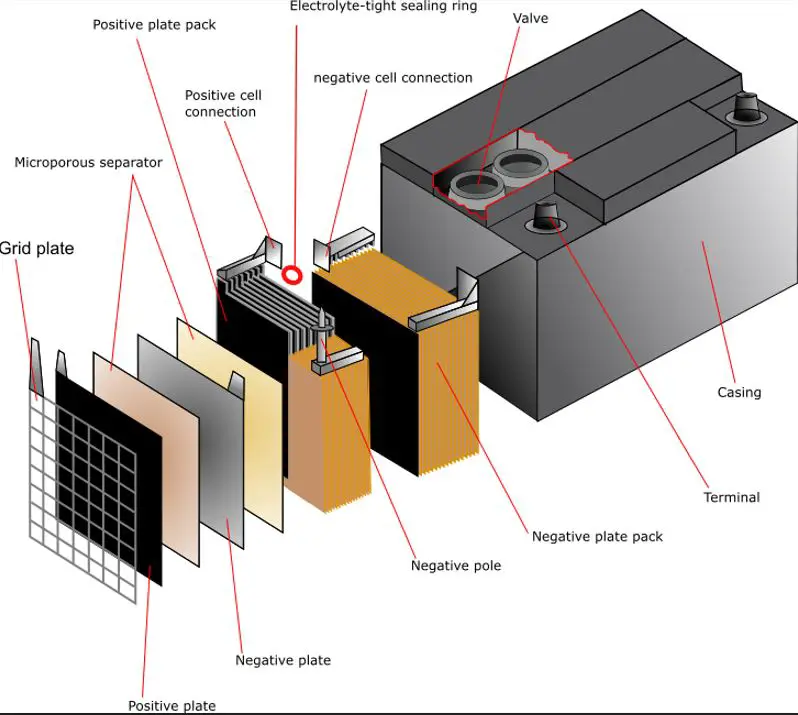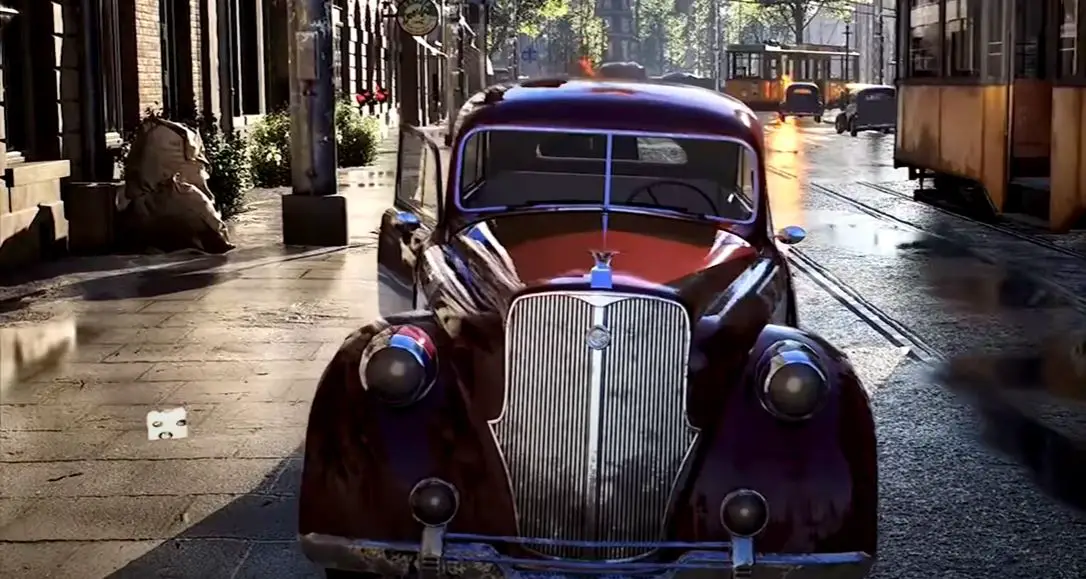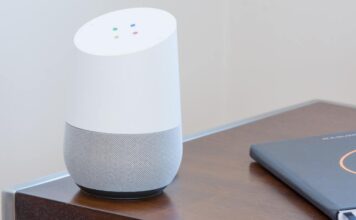A car’s battery provides the current required for the entire electrical system of the vehicle. However, it is an energy accumulator, not a generator. A car battery consists of chemical cells that will generate electricity on command. It is very important when starting the vehicle and also supplies the instrument cluster and other electrical components.
What’s inside a car battery?

Grid Plates
Electrodes, positive and negative, are made of fragile materials. Therefore, they need a mechanical support provided by a lead alloy grid.
Active substance (Negative)
The active ingredients in batteries are a mixture of lead oxide, sulfuric acid, water and additives. The negative electrode also contains a small amount of additives to give the battery good low temperature discharge performance and better starting.
Separator
The separator is an insulator placed between the positive and negative plates. It is used to prevent the positive plates from contacting the negative plates, which will cause a short circuit. The separator should be microporous with small holes that allow ions to flow from the separator from the plate to the plate.
Electrolyte
The electrolyte is a sulfuric acid substance diluted in water. When the battery is charged or discharged, it acts as a conductor that carries electrical ions between the positive and negative plates.
When sulfuric acid is diluted in water, its molecules are separated into positive (H+) and negatively charged hydrogen ions. This process is necessary so that the electrolyte can carry ions that allow chemical reaction during the charging and discharging process of the battery.
Case and cover
It is made of polypropylene, a light and durable plastic type that does not weaken in the cold and therefore can withstand impacts during use. It is not attacked by acids and can withstand fluids normally found in a vehicle (gasoline, brake fluid and diesel).
What are the types of Car Battery?
- Lead accumulators: most widely used of car battery, too heavy to fit on motorcycle
- AGM batteries: They are light and therefore suitable for motorcycles as well. Instead of heavy lead sheets, a lightweight, absorbent fiberglass layer is installed. AGM stands for “Absorbent Glass Mat”.
- EFB Batteries: EFB stands for Advanced Flooded Battery. It is mainly used in vehicles with start-stop system. A type of polyester mesh serves as the storage medium.
- GEL batteries: contain gelled acid, which is especially in demand in very high power systems due to rapid discharge.
- Lithium-ion batteries are mainly used in electric and hybrid vehicles due to their high energy density.




